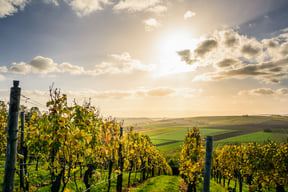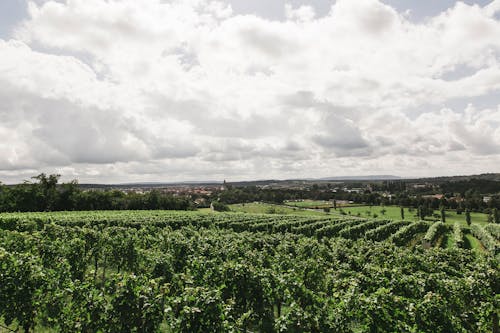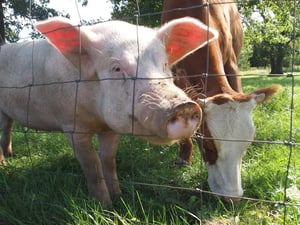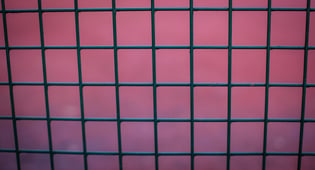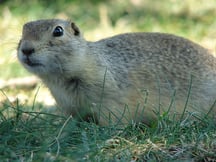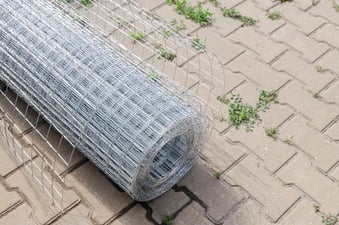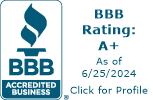A Physical Barrier That Deer Cannot Jump Over
Crawl Under
Be Exclusive
Damage done to vineyards by deer can be both extensive and expensive. Several types of fence materials are available that can help reduce and possibly eliminate the deer problem in the vineyard. There are lightweight fences made from extruded plastic mesh. Fences that are made with single strand wires, and woven wire mesh are also available. Each type has its advantages and disadvantages.
Plastic Fence Materials
Made from black, UV stabilized polypropylene, this extruded fence material has a mesh opening size of 2" x 1-3/4". The size of the rolls is 7-1/2' high x 164' long. The black color makes this deer fence virtually invisible when installed. Lightweight rolls are easy to work with. Although this fence can be torn and ripped if a deer charges through it or becomes entangled, the repair is fairly easy.
Easy to Use--Single Strand Wire
The fence material used for these fences is 12-1/2 gauge high tensile wire. There are two finishes available: Class 3 galvanized and zinc/aluminum with a black painted finish. Both have superior resistance to rust and corrosion and will last for years. Single strand wire fences for vineyards can be either vertical or slanted. Seven strands of wire are often used. The angled fence takes up more space. You can watch a video showing one installation. These fences are fairly inexpensive and easy to set up.
A Fence that Endures
Woven wire fence materials for vineyards are available in a variety of heights, from 4' up to 10'. Woven from 12-1/2 gauge high tensile wires with heavy Class 3 galvanizing, these fences will last for years. Some specifications are available with a high rust and corrosion-resistant zinc/aluminum finish that is painted black. More attractive than bright galvanized wire, the black color becomes virtually invisible against the background. Woven fences are very strong and will not unravel. They are the most expensive and the hardest to install. Still, if you are a vintner, the security of knowing that your vines and grapes are safe is well worth this investment of time and resources.
Have you used any of these fence materials to address the deer problem? Do you prefer one type over another?



